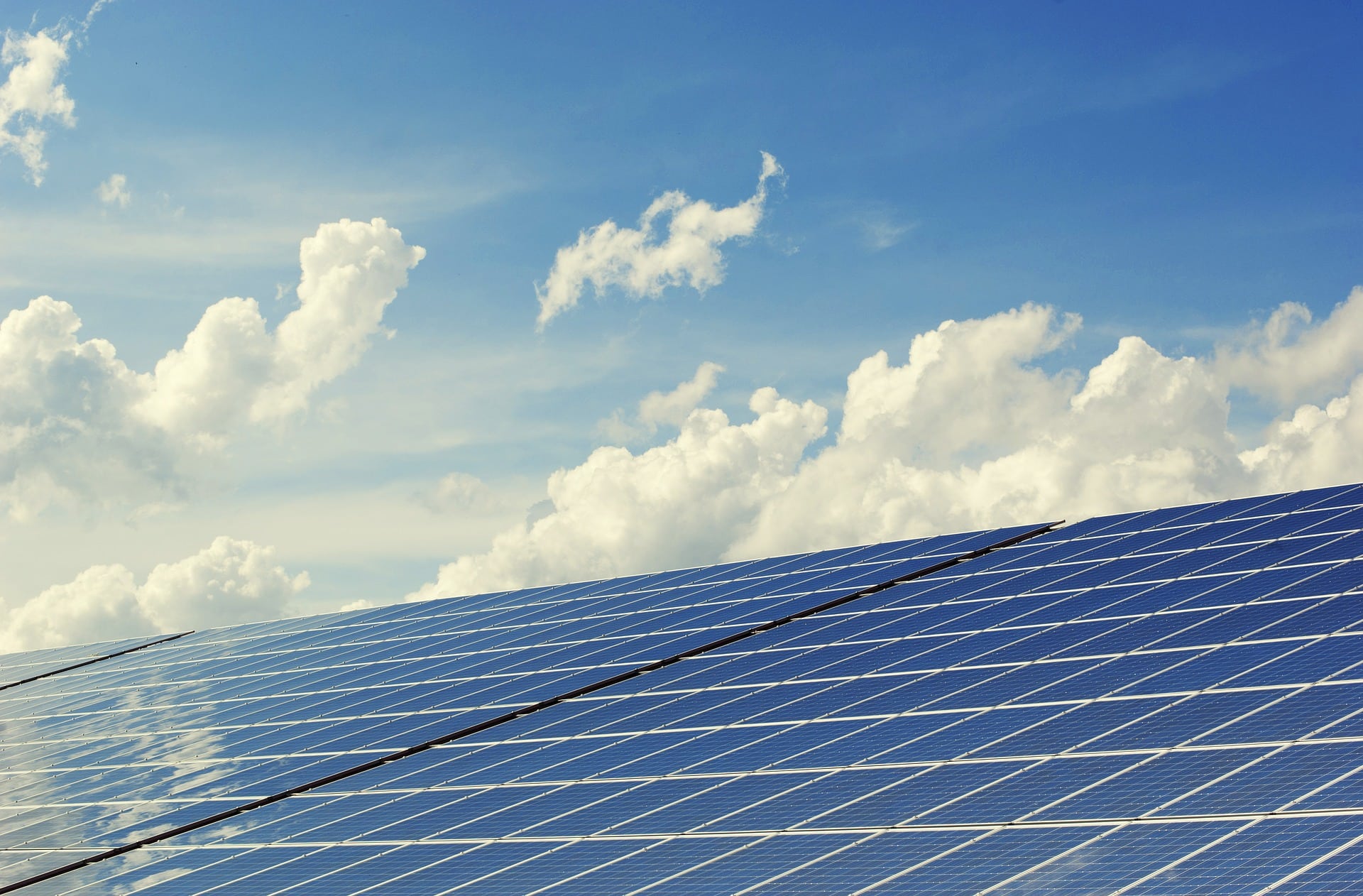Recognizing The System Of Residential Solar Power
Recognizing The System Of Residential Solar Power
Blog Article
Created By-Dale Finch
When you think of domestic solar energy, you could question exactly how it actually functions. It begins with solar panels on your roof covering that capture sunshine. Read Home Page have special cells that transform sunshine right into power you can utilize at home. But that's simply the beginning. Comprehending the technology and procedures behind it can expose just how solar power not only powers your home however likewise profits the atmosphere. Curious about the specifics?
Recognizing Solar Panels and Their Capability
Photovoltaic panel are the heart of any residential solar energy system, converting sunlight into electrical energy you can use. These panels include numerous solar cells made from semiconductor materials, typically silicon. When sunlight strikes these cells, it excites electrons, creating an electrical existing. This process is crucial for using renewable resource in your house.
You'll locate solar panels mounted on rooftops or in open spaces, positioned to capture optimum sunlight throughout the day. They are available in different kinds, including monocrystalline, polycrystalline, and thin-film, each offering various effectiveness and expenses.
Selecting the right kind depends upon your spending plan and power needs. By understanding their functionality, you can make enlightened choices about your solar energy system and its prospective benefits for your home.
The Process of Solar Energy Conversion
Once sunshine is captured by the solar panels on your roofing, the procedure of converting that power into functional electrical power begins.
The solar panels include photovoltaic (PV) cells that take in the sunlight and generate straight existing (DC) power. This DC energy then takes a trip to an inverter, where it's changed into rotating existing (A/C) electrical power, the type used in your home.
The inverter plays a critical function, ensuring that the electrical energy can power your appliances and devices.
After conversion, the electrical energy moves via your home's electric system, on-line. Any kind of excess electrical power can be sent back to the grid or stored in batteries for later use.
This reliable conversion process enables you to harness the sunlight's energy properly.
Integrating Solar Power With Your Home's Electric System
When you install a solar power system, integrating it with your home's electrical system is vital for taking full advantage of performance and ensuring seamless operation.
You'll connect your solar panels to an inverter, which converts the direct present (DC) generated by the panels into alternating present (A/C) that your home uses.
It's additionally essential to have a suitable breaker and wiring to manage the power circulation safely.
If you create more energy than required, an internet metering system allows you send out excess power back to the grid, gaining credit scores on your utility bill.
Regular maintenance and surveillance will help you keep the system running efficiently, ensuring you get one of the most out of your solar investment while reducing your power expenses.
Conclusion
In recap, household solar power is a clever way to harness the sun's power for your home. By setting up solar panels, you not just save money on power costs yet likewise add to a greener world. The process of converting sunlight right into useful power is reliable and uncomplicated, permitting you to seamlessly incorporate it with your home's electrical system. So, if you're aiming to decrease your carbon footprint and appreciate lasting financial savings, going solar is definitely worth thinking about!
